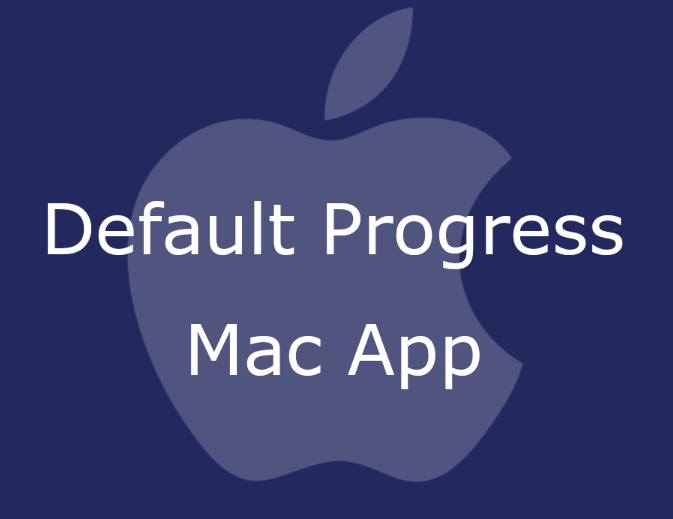Default Progress
Default Progress is a free browser add-on for Mac browsers that can generate enormous amount of pop-up ads, banners and redirect messages on the users’ screen. Default Progress can seamlessly attach to Safari, Chrome, Firefox and other browsing apps and force them to reroute users’ searches to sponsored web locations.

The main issue with this type of software is that it interrupts your web browsing experience and, in a way, threatens the protection of your Mac by exposing you to random online advertisements and unfamiliar websites.
In general, Default Progress, Elementary Method or Signal Balance are not some dangerous Trojans, ransomwares or some other computer viruses and is unlikely to harm your device if you detect it there. Yet, you should better uninstall this software as soon as you can because it’s advertisements aren’t the most trustworthy thing on the internet. Besides, this app may frequently redirect you to various sites, some of which may be compromised with dangerous types of malware, including the aforementioned Trojans or ransomware.
Default Progress for Mac
Default Progress for Mac is an add-on for Mac browsers that runs without user consent and is not essential for the operation of your system. Security experts advise to remove Default Progress for Mac to prevent potential exposure to malicious threats which can be concealed behind the advertisements and the page redirects generated by this program.
The longer this potentially unwanted software remains on your device, the more possible it is that you start to experience browser crashes, system bugs and unresponsiveness caused by the excessive consumption of system resources. Furthermore, the presence of a hijacker on the computer may also result in infections with ransomware, Trojans or other harmful threats that are only seeking to exploit the slightest vulnerabilities in order to sneak in.
What is Default Progress?
Default Progress is a browser hijacking app that can take over the browser’s settings by replacing the search engine and the homepage address. Default Progress targets mainly web browsing apps that operate on Mac computers such as Safari, Chrome and Firefox.
Fortunately, Default Progress is not software that will deliberately infect you with viruses or damage your machine. This is more of a browser hijacking app that seeks to display certain advertisements on your screen and to make you click on them in order to generate pay-per-click revenue for its developers. The people behind it, however, don’t care particularly about the protection of the users who constantly get exposed to random banners, pop-ups and redirect links as long as they receive revenue from the clicks. And therefore, the hijacker is often programmed to promote all sorts of web material, regardless of how trustworthy or secure it is.
The DefaultProgress app
The DefaultProgress app is a potentially unwanted ad-displaying program that is used for aggressive online promotion. The DefaultProgress app is also used as a data-collection tool and may keep track of your web browsing activity.
Many online marketers are known to gather their users’ telemetry data to show them relevant advertisements. In most cases, though, the users are able to select which data can be collected from their device and which should be off limits. For browser hijackers like Default Progress, though, the case is different – these programs barely ever inform you that they gather details from your computer, let alone give you the option to restrict this activity. Thus, if you don’t want to experience ad interruptions or you simply want to remove the unwanted changes from your default web browser, it is best to uninstall this software once and for all. Below, we’ve created a free removal guide to help you with this, and it will show you all the steps needed to uninstall Default Progress.
SUMMARY:
| Name | Default Progress |
| Type | Browser Hijacker |
| Detection Tool |
Remove Default Progress App from Mac
Search Marquis is a high-profile hijacker – you might want to see if you’re not infected with it as well.
You can find the removal guide here.

Leave a Reply